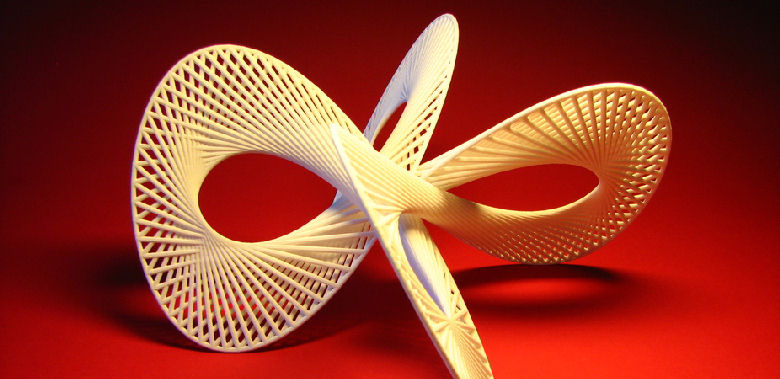230.HOW DO WE SEE IN THREE DIMENSIONS?
When we look out across a field, how do we know one distant object is bigger than another, or that one is behind another? Why do we see everything in three dimensions, in proper relation to each other, instead of seeing everything “flat?”
The fact is that when we “see” things, we see them not only with our eyes, but with our minds as well. We see things in the light of experience. Our mind, based on certain experiences, helps us interpret what we see. And unless the mind can use the cues it has learned to interpret what we see, we can become very confused indeed.
For instance, experience has given us an idea about the size of things. A man in a boat some distance from shore looks much smaller than a man on shore. But you don’t say one is a very large man and the other a very small man. What you say to yourself is that one man is nearby and the other is farther away.
What are some of the other “cues” your mind uses? One of them is perspective. You know that when you look down the railroad tracks they seem to come together. So you consider the width of the tracks and get an idea about distance. Experience tells you that close objects look sharply defined and distant objects seem hazy.
From experience, you have also learned how to “read” shadows. They give you cues to the shape and relationship of objects. Close objects often cover up parts of things that are farther away. In this way you have learned to tell that one distant tree or house is nearer than another.
Moving the head will help you decide whether a tree or pole is farther away. Close one eye and move your head. The object farther away will seem to move with you, while nearer objects go the other way. Even focusing the eyes helps you in judging the distance of objects. You are conscious of more strain as you fix your eyes on objects nearby than on those farther away.
Finally, the combined action of both eyes working together gives you important cues. As objects move nearer to you and you try to keep them in focus, your eyes converge and there is a strain on the eye muscles. This strain becomes a cue to distance. The other cue comes from the fact that each eye, picks up a slightly different image. The difference in the image helps you get a good impression of distance. All of this explains why seeing in three dimensions depends so much on past experience which the mind has to interpret.



Leave a Reply